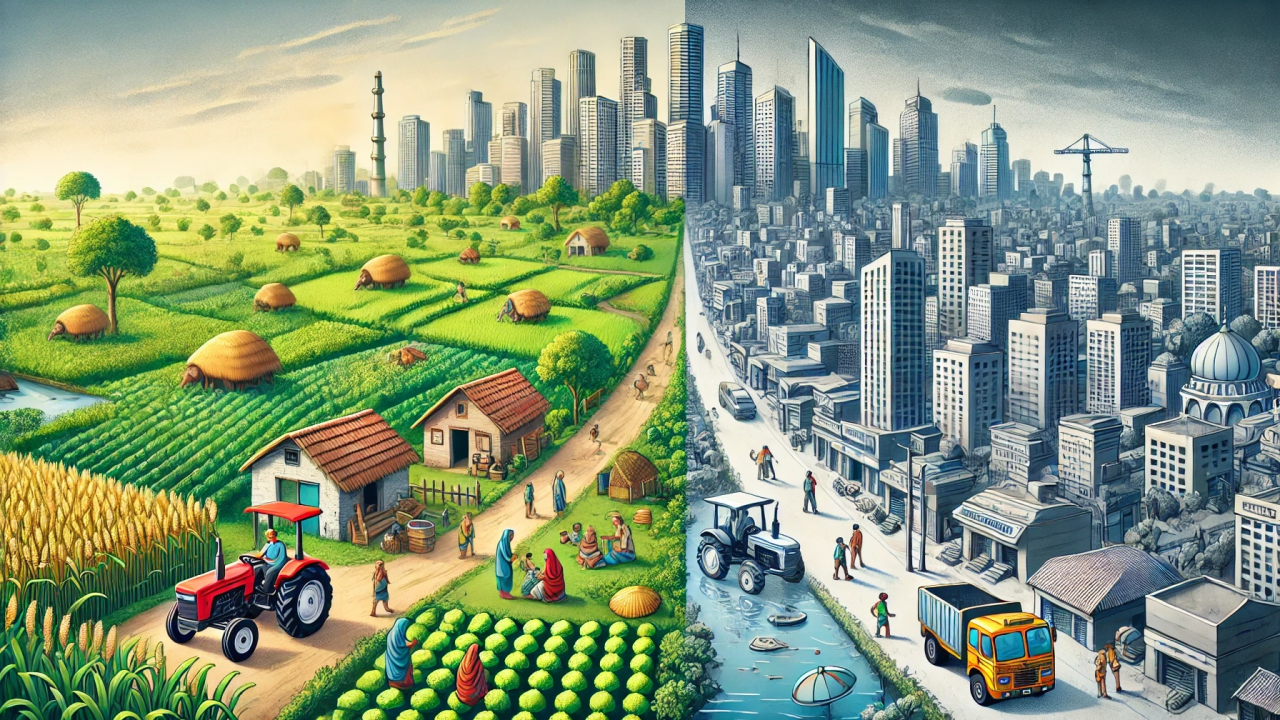Font size:
Print
The Evolution of Urban Coyotes (Canis latrans)
Context:
A recent study has revealed that coyotes in urban America are undergoing rapid evolutionary changes, with these adaptations visible in their genes.
More on News:
This groundbreaking research, conducted by scientists from Washington University in St. Louis and the University of Washington, highlights how city life shapes the evolution of these highly adaptable carnivores in cities across cities like Berkeley, California, and the Bronx, New York.
Urban Evolution in Coyotes:
- Rapid Evolutionary Changes: Historically thought to occur over millennia, evolution is now understood to happen within just a few generations. Urban areas provide unique settings to observe how species adapt rapidly to human presence and novel environments.
- Coyotes’ Success in Cities: Coyotes have proven highly adaptable to urban life, thriving in cities like New York, Los Angeles, and beyond.
- Access to abundant food resources (pet food, garbage, etc.).
- Ability to navigate human-dominated landscapes.
Research Approach:
- Candidate Gene Strategy: Researchers identified specific genes likely affected by urban environments. This method is more cost-effective than whole-genome sequencing, especially for wildlife research with limited budgets.
- Focused on genes related to diet, health, thermoregulation, behaviour, cognition, and reproduction.
- Comparison to Domestic Dogs: Coyotes and domestic dogs share a close evolutionary relationship, enabling researchers to use the dog genome to hypothesise which genes might be adapting in urban coyotes.
Key Findings and Implications:
- Dietary Adaptations: Rural coyotes primarily consume small mammals like rabbits and mice, while urban coyotes access higher quantities of processed foods, including glucose and starch from human refuse and pet food.
- Genes linked to amylase production (e.g., AMY2B, as seen in domestic dogs) could be adapting to help urban coyotes digest starch more efficiently.
- Selection for genes regulating insulin sensitivity may also occur due to increased sugar consumption and potential insulin resistance.
- Health and Behaviour: Genes influencing thermoregulation could be adapting to urban heat islands. Behavioural and cognitive traits may also be under selection to help coyotes navigate complex urban environments, avoid human detection, and exploit new food sources.
- Reproductive Traits: Changes in reproductive genes may reflect adaptations to environmental pressures in urban areas, such as food availability or space constraints.
Broader Significance of the Study:
- Urban Areas as Evolutionary Laboratories: The study highlights how cities serve as natural laboratories for understanding rapid evolutionary changes and adaptive mechanisms.
- Wildlife Conservation and Management: Insights into urban coyote evolution could help inform wildlife management strategies, especially in mitigating human-wildlife conflicts and understanding the health risks faced by urban animals.
Future Research: Further studies could explore how specific genetic adaptations impact urban coyotes’ survival and reproduction. Investigating other species in urban environments may reveal broader patterns of urban-driven evolution.


